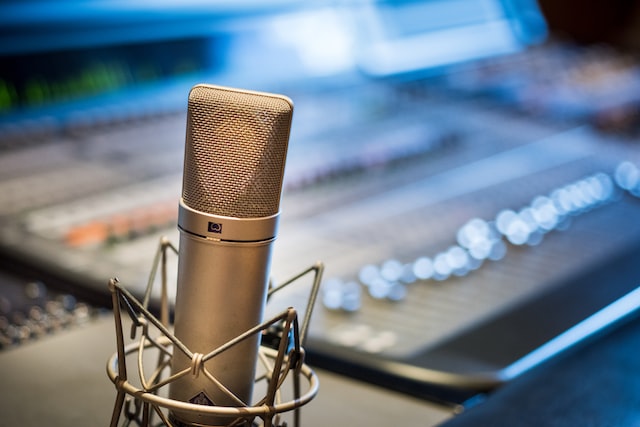A radio voice sweeper effect is a dynamic and engaging sound that can be used to introduce segments, highlight key moments, or add a professional touch to your radio production. It is created by combining a voiceover with a music bed, sound effects, and a delay effect that creates a sweeping sound. In this essay, we will discuss in detail the steps involved in making a radio voice sweeper effect.
Step 1: Record the voiceover
The first step in making a radio voice-sweeper effect is to record the voiceover. This can be done using a high-quality microphone in a quiet environment. The voiceover should be clear and easy to understand. Before recording, it’s important to practice the script and ensure that you’re comfortable with the tone and delivery of the voiceover.
Step 2: Choose a suitable music bed
The second step in making a radio voice sweeper effect is to choose a music bed that complements the tone and style of your voiceover. The music bed should not overpower the voiceover but should enhance it. Choose a music bed that matches the genre of your radio show and reflects the mood of the segment you’re introducing. You can use royalty-free music or create your own music using audio software.
Step 3: Apply EQ and Compression
The third step in making a radio voice sweeper effect is to use EQ and compression to enhance the clarity and consistency of the voiceover. EQ can be used to boost or cut specific frequencies to make the voiceover sound more natural and clear. Compression can be used to even out the volume and create a consistent sound. Use a gentle amount of compression to avoid squashing the dynamics of the voiceover.
Step 4: Add sound effects
The fourth step in making a radio voice sweeper effect is to add sound effects such as whooshes, sweeps, and impacts to create a dynamic and engaging sound. These effects can be downloaded from sound effect libraries or created using audio software. Choose sound effects that match the genre and mood of your show and add them to the mix in a way that complements the voiceover and music bed.
Step 5: Use a delay effect
The fifth step in making a radio voice sweeper effect is to use a delay effect to create the sweeping sound. This effect can be achieved by duplicating the voiceover and applying a delay effect to one of the copies. The delay should be set to a short duration (around 20-50 milliseconds) and the feedback should be set to around 50-60%. This creates a sweeping sound that adds movement and excitement to the mix.
Step 6: Mix and adjust levels
The sixth step in making a radio voice sweeper effect is to mix the voiceover, music bed, sound effects, and delay effect together and adjust the levels to create a balanced and cohesive sound. The voiceover should be the focus of the mix, but the music bed and sound effects should be audible enough to enhance the overall sound. Adjust the levels to ensure that everything is audible and well-balanced.
Step 7: Export and use
The final step in making a radio voice sweeper effect is to export the final mix and use it as a sweeper effect in your radio production. You can use it to introduce segments, highlight key moments, or add a professional touch to your show. Save the mix as a WAV or MP3 file and import it into your radio production software. Use it as a drop-in effect whenever you need to add a professional touch to your show.
In conclusion, creating a radio voice sweeper effect involves recording a clear and well-delivered voiceover, choosing a suitable music bed, applying EQ and compression, adding sound effects, using a delay effect, mixing and adjusting levels, and exporting the final mix.

